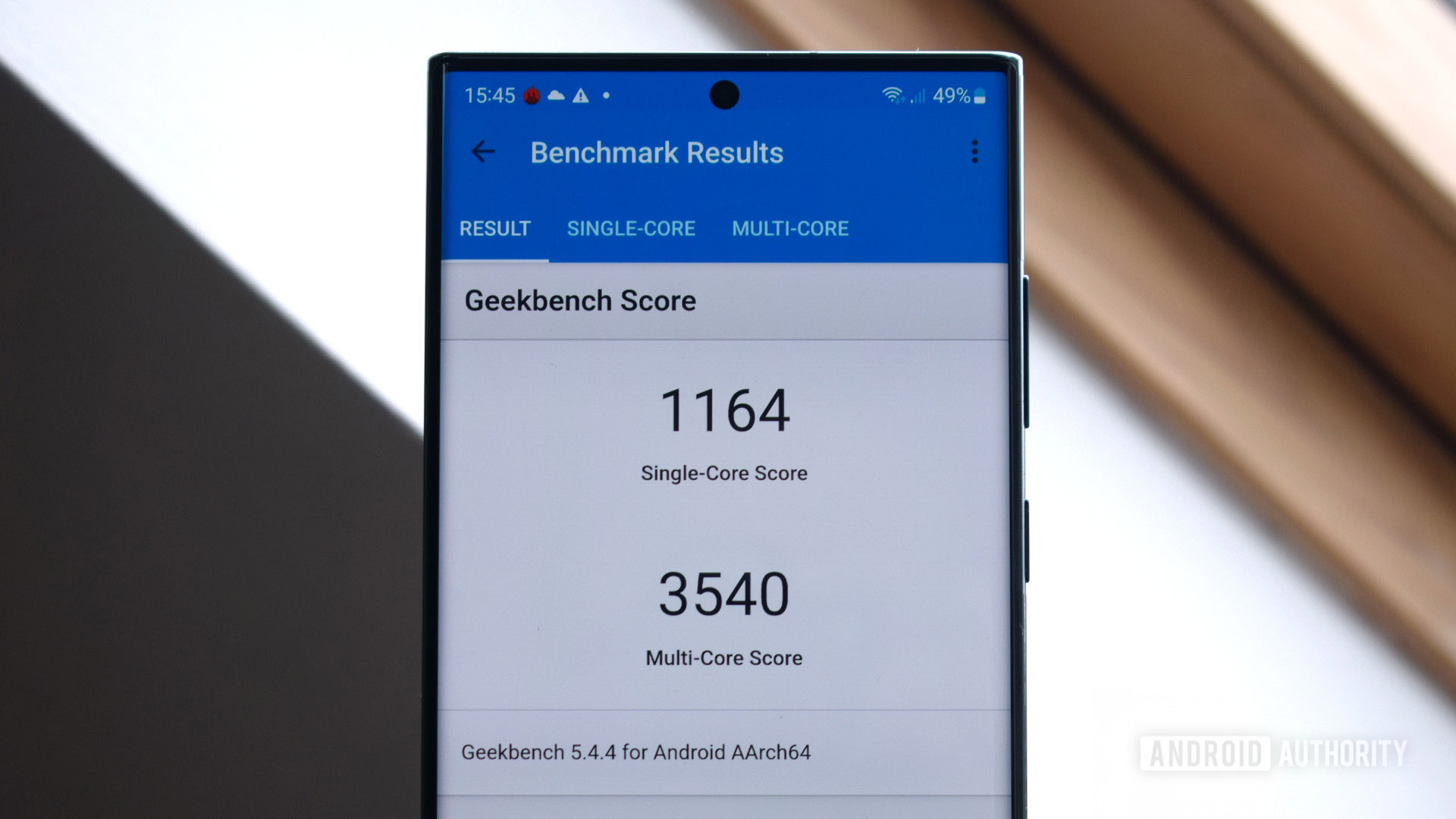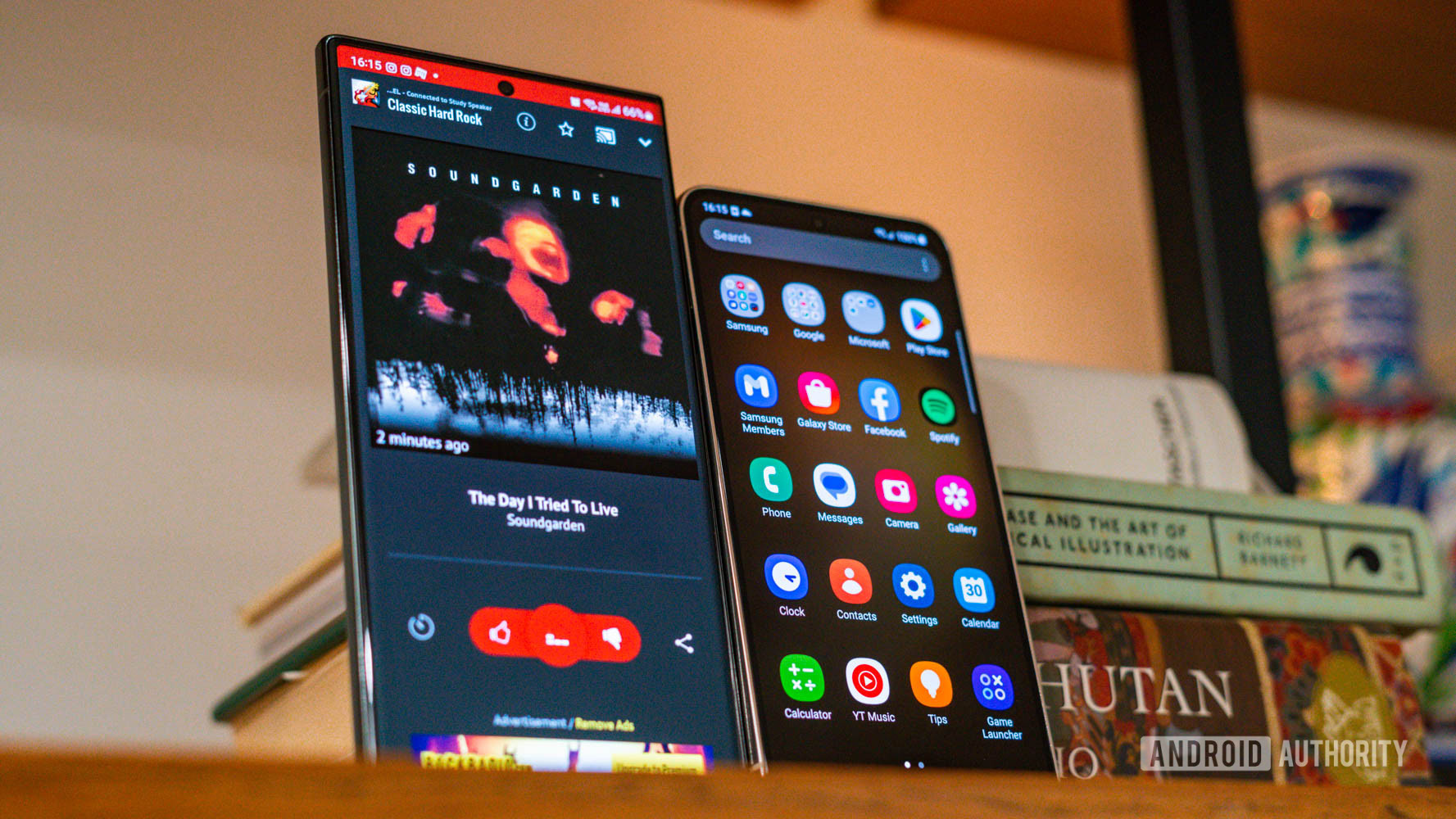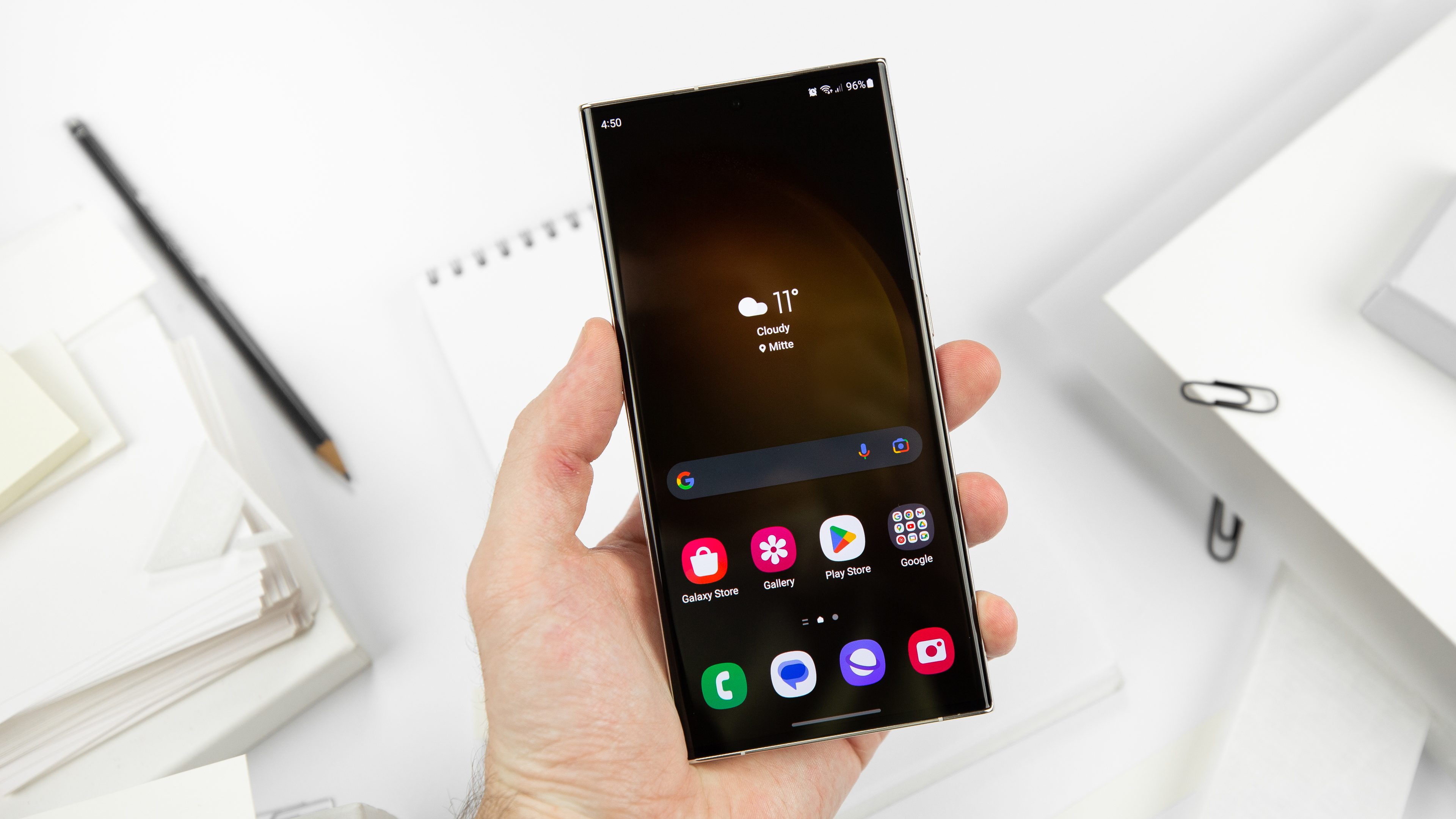Exynos 2400: What You Should Know About Samsung's Chipset Return

Robert Triggs/Android Authority
After a long history of dedicated mobile processors, Samsung suddenly abandoned its Exynos chips from the Galaxy S23 series and decided to exclusively use Qualcomm Snapdragon chips, more specifically for the Snapdragon 8 Gen 2 Galaxy. . Although it has yet to be confirmed, problematic development and questionable performance are likely the reasons behind Samsung's decision.
With the semiconductor overhaul now in full swing, rumors are swirling that Samsung will soon return to chip placement with the upcoming Exynos 2400 mobile processor. Although it's still unofficial, we've gathered publicly available information to find out what to expect from Samsung's next flagship chip.
Will there be an Exynos 2400 processor and when will it arrive?
Samsung has previously introduced new processors with the launch of its next-generation smartphones. Samsung's last mobile processor was the Exynos 2200 in the Galaxy S22 series. The Exynos 2300 was supposedly intended for the S23 series but was dropped, leaving us with the Exynos 2400 for the Samsung Galaxy S24 series in early 2024. At least, according to the increasingly popular rumors online.
There have been rumors of an Exynos-powered Galaxy S24, but that's far from certain.
It was initially hoped that Samsung would spend several generations rebuilding semiconductors. We may not see the Exynos 2400 at all; All of these may be rumors or leaked information about internal products that are not intended for consumers. If the Exynos 2400 does come, we still expect Samsung to offer Snapdragon-powered phones in most parts of the world, as there is an ongoing partnership between the two brands.
With that in mind, we could see a very geographically limited Exynos release, such as South Korea only, perhaps limited to the base model Galaxy S24, or the chip could end up in a completely different product if Samsung continues with its ambitions, its semiconductor. railway. However, the geographic rivalry between Exynos and Snapdragon may revive.
What features does the Exynos 2400 have?
We're still a long way from the possible launch of Samsung's next smartphone, but that hasn't stopped rumors from dropping a number of early hints. This is what we have been waiting for until now.
The latest Arm Cortex processors
There's been a lot of talk about potential specs, some of which we expect to be based on industry news. The Exynos 2400 will almost certainly use the latest ARM processor cores to ensure that the processor can keep up with the competition. The processor is said to be configured in a somewhat exotic 1+2+3+4 layout for a total of 10 cores.
The Exynos 2400 processor is said to consist of a powerful Cortex-X4 core clocked at 3.1GHz, two Cortex-A720 cores clocked at 2.9GHz, two more A720 cores clocked at 2.6GHz and four energy-efficient Cortex-A520 cores. frequencies up to 1.8 GHz are available. Interestingly, this is different from the 1+2+3+2 octa-core configuration of the Qualcomm Snapdragon 8 Gen 3. We'll also likely see cache differences between the two Cortex-A720 groups, though it's doubtful that Samsung will promote Off. the information will never be detailed.
Moving to the latest ArmV9.2 core means the Exynos 2400 will be 64-bit only. The Android ecosystem has almost completely switched to 64-bit, with the Play Store offering 64-bit apps from late 2021 and China's stores have also recently switched. These changes are unlikely to have a major impact on the user experience, except that some older apps may no longer work.
Dramatic graphics of the next generation

Robert Triggs/Android Authority
One of the Exynos 2200's unique selling points is the Xclipse 920 GPU, which is based on the AMD RDNA 2 graphics architecture. Packed with ray-tracing capabilities that surpass competitive benchmarks, this first-gen experience is both promising and embarrassing. not to see what it's like in 2023.
The Exynos 2400 is said to have a much more powerful RDNA 2 implementation called the Xclipse 940 and twice as many GPUs. It probably won't double the performance, but there are clock speed differences to consider. However, all of this represents a significant performance boost for players who can close the gap and perhaps even overtake the competition. This of course depends on the progress of the next generation of competitors.
Importantly, the RDNA 2 architecture includes a beam-tracking accelerator in each computing unit. Exynos already has a significant lead here, and the next-gen chip could put Samsung well ahead of the competition in this regard.
Next generation modem and AI
Artificial intelligence is the buzzword of 2023 and Samsung is definitely going to make improvements here. AI operations per second, which is a fairly trivial statistic, is said to be 44 TOPS. This number is said to not quite match the 60 TOPS of the Snapdragon 8 Gen 3, but it all depends on what can be done with the operations, what bit depths are supported and how efficient the NPU is compared to the tasks . CPU:
On the network side, Samsung announced the Exynos 5300 modem in early 2023 with key features such as 10 Gbps download and 3.87 upload speeds. This part is said to be on its way to the Google Tensor G3, but it looks somewhat similar to the unnamed modem capabilities of the Exynos-powered Galaxy S22. However, it has additional two-way satellite communication technology, which we believe will also appear on the S24. We also expect future Exynos modems to go further and potentially have advanced carrier aggregation technology, increased power efficiency and other features in the newer 3GPP 5G 18 release.
Finally, the Exynos 2400 is said to support UFS 4.0 non-volatile storage, LPDDR5X RAM up to 8.5 Gbps, and support 320MP images and 8K60 video through the image signal processor. Whether all these features will eventually be supported by the Galaxy S24 remains to be seen. Samsung has cut some features in the past to ensure a level playing field when using multiple chipsets.
What we would like to see from the Exynos 2400

Credits to Dhruv Bhutani / Android
As a potential base for Samsung's next smartphone, at least in some areas, we'd like Samsung to step things up with the Exynos 2400.
No accelerator, maximum performance
At the top of every Exynos fan's wish is true next-generation performance. Despite plenty of promise on paper, previous Exynos models have struggled to compete when it comes to retail devices.
In the case of the Exynos 2200, this is not improved by the below-average performance of Samsung Foundries' 4nm production node. The high temperature forces Samsung to limit the performance of its chips, reducing the frame rate of games after a very short time. A similar problem affected the Snapdragon 8 Gen 1, which is also based on Samsung's 4nm, but Qualcomm turned to rival manufacturer TSMC to fix the problem in its next chip.
Overheating has been a major cause of Exynos problems in the past and we really don't want that to happen again.
Samsung Foundries has switched to an improved fourth generation 4nm node and is gearing up for mass production of its second generation 3nm process, which Samsung says is 22% faster and 34% more energy efficient than previous generation 4nm. The Exynos 2400 will almost certainly be manufactured on one of its newer nodes, although some reports point to a newer 4nm node rather than 3nm. Hopefully this will put past performance issues in the past, but we won't know until we get our hands on some silicon.
There is no more compromise between Exynos and Snapdragon
One of the good things about Samsung's full switch to Snapdragon is that no one has to sacrifice performance or features based on where they live. The performance of every Galaxy S23 is the same and we certainly don't want to go back to the previous unbalanced S24 series.
While changes in chipsets will inevitably lead to differences in performance, the bottom line is that much of the user experience is identical. This means consistent gaming performance, image quality, AI capabilities and network stability. Otherwise, it's the Exynos 2400 vs. Snapdragon 8 Gen 3, a more limited edition would be preferable as long as the range is more comparable.
There is still a lot to do before Samsung launches the Galaxy S24 series, and the Exynos 2400 could be one of the most interesting parts of the announcement. Of course, this only applies if Samsung actually bothers to release the chip commercially. There's still a lot in the air.
What more did you expect from the Exynos 2400 processor?
102 votes

